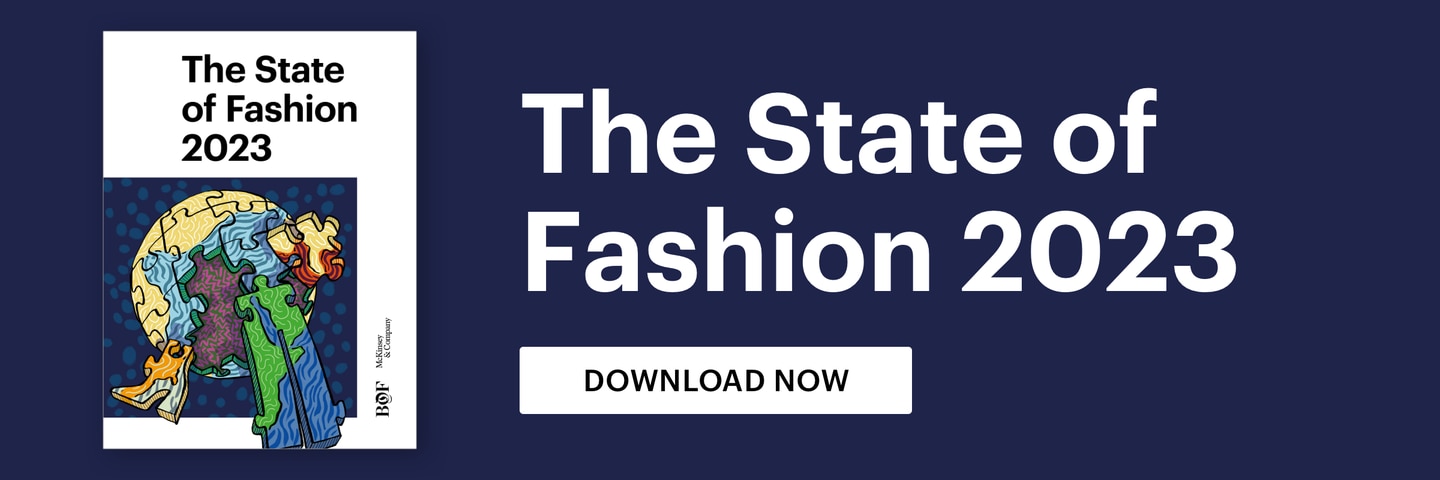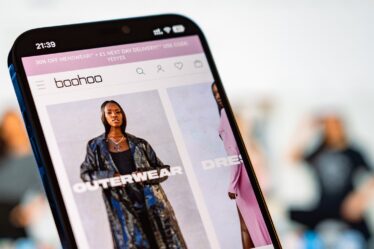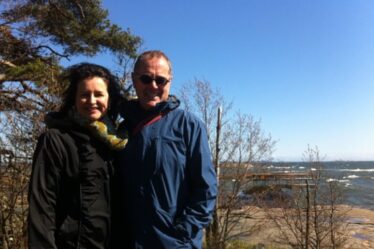
Bold eco-friendly claims and ethical sourcing promises have become staples of fashion’s marketing strategies alongside growing consumer interest in sustainably branded products. It’s also an area that’s attracting mounting regulatory scrutiny, with a broad crackdown on “greenwashing” pushing brands to back up any sustainability claims and rethink how they communicate about targets and progress.
Puma has focused on sustainability disclosure longer than most, introducing and publishing metrics on its environmental impact a decade ago. With time running short to meet global goals to curb climate change, brands need to focus on finding and explaining solutions, rather than quick marketing wins, says Puma’s chief sourcing officer Anne-Laure Descours.
BoF: It is becoming increasingly important for companies to speak to consumers and other stakeholders, like investors, about what they are doing to operate more sustainably. But what companies say is also becoming more scrutinised. How do you navigate that?
Anne-Laure Descours: Nobody’s sustainable today. We are all trying to become more sustainable. So what can you communicate? You have to be realistic as to what you are really doing.
We should be very careful not to say, “We are the best,” because nobody is the best and nobody is good at that game today. We are all learning, and we are all developing, and we are all trying.
It’s a constant improvement process. So how you communicate has to remain extremely humble. It’s a lot about being very humble and being very transparent.
Having said that, the complexity at the back is so big that at times, you might make a mistake in communication, not because you want to mislead anybody but because you don’t know what you don’t know. There is a lot, a lot of learning at the moment, collectively.
It’s a journey, and I think being honest on where we are in the journey, being transparent, and recognising that we are not where we would like to be, … and we need to do more collaboration, and we need to bring more learning. I think this is the only way.
BoF: Do you worry that companies could pull back from what they’re doing because it’s becoming more regulated, because there are tighter requirements around what you need to demonstrate in order to make claims?
AD: I find it personally interesting, and helping us in a way, when the regulators start to frame what we are doing, because then … we need to upgrade the way we do things. We need to upgrade not just us, but also our partners to make sure that what we do and what we communicate is really reality.
So there might be from brands or from the industry, a moment where there will be less communications on sustainability. But I think it’s about time that we structure the industry. … I think that’s the objective here: that the way everybody will communicate is the same, based on the same rules.
BoF: An area that both regulators and industry advocates are scrutinising closely is the way the industry calculates and discloses its environmental footprint. There’s been particular criticism of the Higg Index, a tool commonly used to measure impact. How do you navigate the current landscape, when a tool that’s widely accepted within the industry is being questioned?
AD: For sure, there will be a need with the regulators to set up a standard and a system to calculate, which is manageable. If everybody comes with their own tools, all the objective to bring transparency will fail. We need to make sure there is one tool for everybody, so we can compare everybody.
I think everybody has been building quite a robust programme at the back, especially when you are engaged within your supply chain on this. So the data access, I won’t say it’s 100 percent there, but we are getting there. It’s how you’re going to report, and you need to have the same set of reporting tools for everybody, so it becomes reliable for the consumer, and reliable for the regulators.
BoF: From a strategic standpoint, obviously there’s regulatory changes that are setting a direction, but from a brand positioning point of view, do you see this as something that is just going to be necessary to meet consumer expectations?
AD: If you don’t believe this is the right thing to do, and you’re being forced to do it, you can’t make it happen. You really have to believe in it.
When I started in this business 35 years ago, as a buyer and then moving to sourcing, making a T-shirt was very simple. It was about getting the fabric to a factory, cut the fabric, sew the garment and ship it. That was it.
[Now] it’s definitely much more complex and wider, and the level of knowledge I need to have to manage a business is much bigger than it used to be. … I train myself every day. I read a lot. … We have all these groups within the industry where we speak to each other. My suppliers, I can tell you, are educating me big time.
[That goes] for everybody. … The entire organisation has to have basic knowledge. … We spend a large amount of time at the moment, trust me, to engage with the sales guys, the finance guys, the IT guys, so everybody has the same level of understanding [of] where we are going, and what needs to happen. It’s a lot of education.
BoF: This is a complex topic, but consumers want a simple answer and they also want it to be 100 percent accurate. It’s very difficult if you’re trying to simplify something very complex. How do you square that circle?
AD: There is a need to make it digestible to the consumer, so they don’t have to work.
The other day we looked up how many data [points] you have to have for one tee, or for one product. It’s over 1,000 data [points] to be compliant. So the amount of information, the amount of process you have to have at the back is just becoming bigger and bigger.
It’s not about marketing; it’s about explaining. … We need to work on simplifying it and making sure people can be part of the conversation. With the younger generation, they don’t have the [knowledge] base, so how do we engage, or how do we bring their expectations and how do we connect with them in simple ways? It’s complicated, not easy.
I think to me just as a first idea is getting some of the younger generation willing to go on the journey with us, so they can become, not the ambassador, but the voice of explaining in a simple manner what we’re talking about.
At the end of the day, I think we definitely need to tell the story much better, but in a transparent and realistic way.
BoF: Are you optimistic that the industry will be able to deliver on real change within the time frame left?
AD: It’s a race. We know it’s a race, and we know we need to act fast and I think I spend at the moment more than half of my time on sustainability topics, at least.
[But] it’s not a one-brand conversation.
The biggest change I’m seeing right now, and it’s truly accelerating, is that awareness that we need to do it together… Nobody can do it alone. It’s far too complex and it’s far too big.
The way you build your supply chain has to become very engaged with your partners. From a transactional way of doing business, you have to go into a real collaboration way of doing business.
I can tell you when I speak to my friends and competitors, there is a lot of positive energy between us, and there is a lot of common ambition or common desire, and passion to fix it.
This interview has been edited and condensed.
This article first appeared in The State of Fashion 2023, an in-depth report on the global fashion industry, co-published by BoF and McKinsey & Company.




